Top Things to Know Before Buying a Living Room Plant
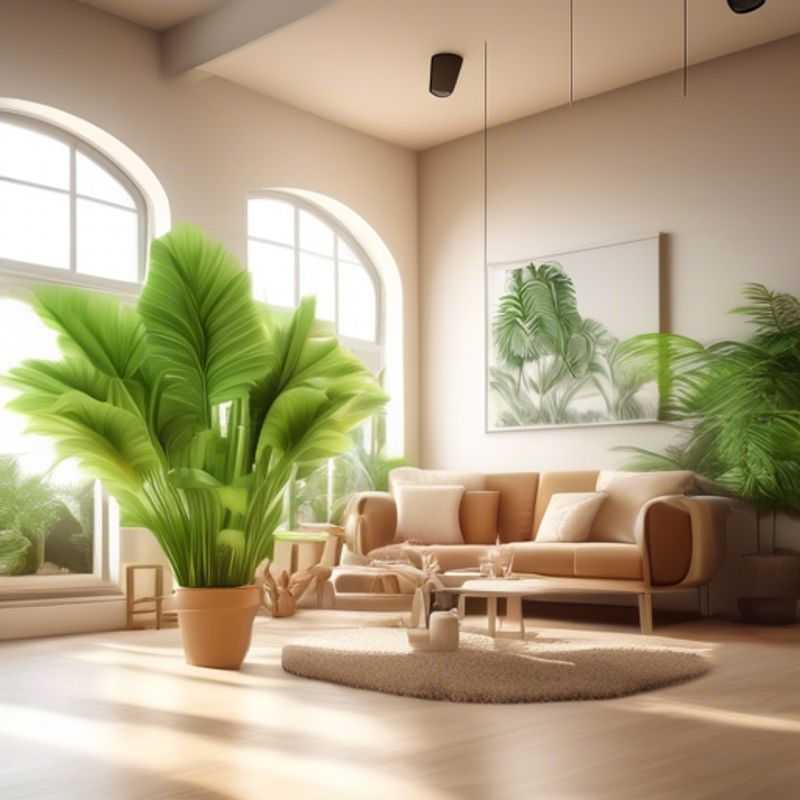
Top Things to Know Before Buying a Living Room Plant: A Guide for Beginners
Bringing nature indoors is a fantastic way to enhance your living room's ambiance, but choosing the right plant can be a bit of a science. Here are some top things to consider before you make your leafy purchase:
Determine the lighting conditions in your living room. Different plants thrive in varying amounts of sunlight.

Light Up Your Life: Choosing the Perfect Plants for Your Living Room
Knowing your living room's lighting conditions is crucial for selecting the right plants. Plants thrive in specific light levels. You'll need to determine if your space receives direct sunlight, indirect sunlight, or low light. This will determine the types of plants that can flourish in your home.
Direct sunlight refers to the strong, unfiltered sunlight that shines directly on the plant. This can be harsh for some plants, causing scorching and damage. Indirect sunlight is when light filters through a window, curtains, or blinds, providing a softer and less intense form of light. Low light indicates areas with limited natural light, such as rooms with small windows or facing north.
Light intensity is measured in a unit called Foot-Candles (FC). Low light conditions are typically under 500 FC. Medium light conditions are between 500 and 1000 FC, and high light conditions are over 1000 FC.
If your living room receives direct sunlight, you're in luck! A vast array of plants thrive in such conditions. However, it's essential to ensure the plants receive adequate watering to prevent them from drying out too quickly. For indirect light, various plants, including ferns, snake plants, and ZZ plants, will flourish. In low light conditions, plants such as cast iron plants and peace lilies will be your best bet.
Remember, some plants may require a specific amount of direct sunlight, while others will benefit from being placed in areas with bright, indirect light. Consider using a light meter to accurately gauge the intensity of your living room lighting for more precise plant selection.
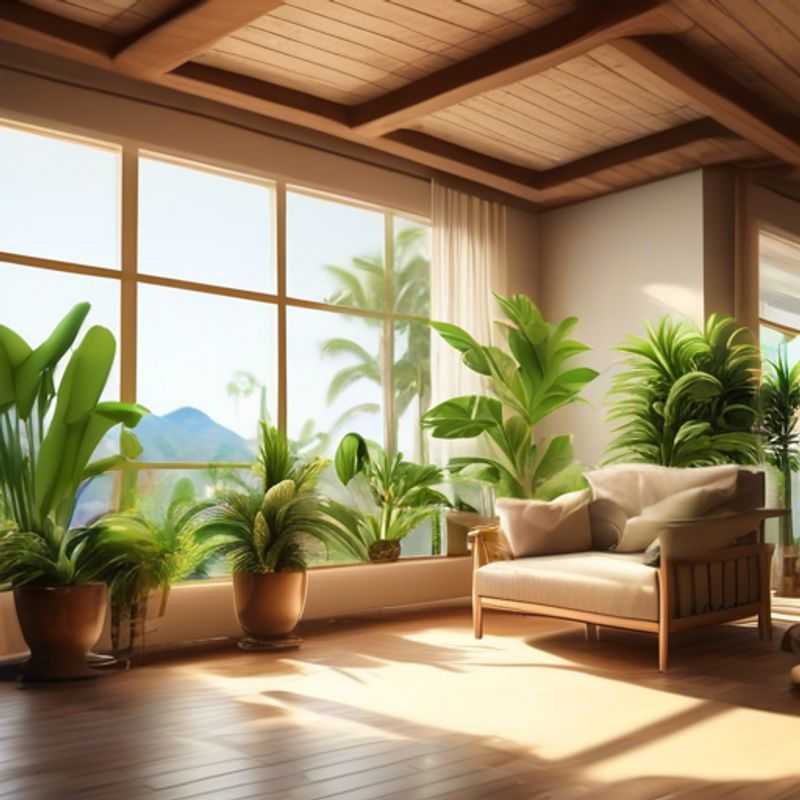
Choosing the Right Plant for Your Living Space: Size Matters
Choosing the right plant for your living space is crucial for its well-being and your enjoyment. Consider the size of your living space and choose a plant that will fit comfortably. If you have a small apartment, opt for compact plants like succulents, ferns, or spider plants. For larger rooms, consider larger plants like peace lilies, monsteras, or fiddle leaf figs.
Think about the amount of natural light your space receives. Plants require different levels of sunlight to thrive. If your space is dimly lit, choose shade-tolerant plants like snake plants, ZZ plants, or cast iron plants. For bright spaces, consider sun-loving plants like cacti, succulents, or hibiscus.
Take into account the humidity levels in your home. Some plants prefer humid environments, while others thrive in dry air. If your home is generally dry, choose plants that tolerate low humidity, such as succulents, cacti, or peace lilies. If you live in a humid environment, consider plants that thrive in humidity, such as ferns, orchids, or philodendrons.
Don't forget to factor in your personal preferences when choosing a plant. Choose a plant that you find aesthetically pleasing and that you enjoy caring for. There are many beautiful and unique plants to choose from, so find one that speaks to you.
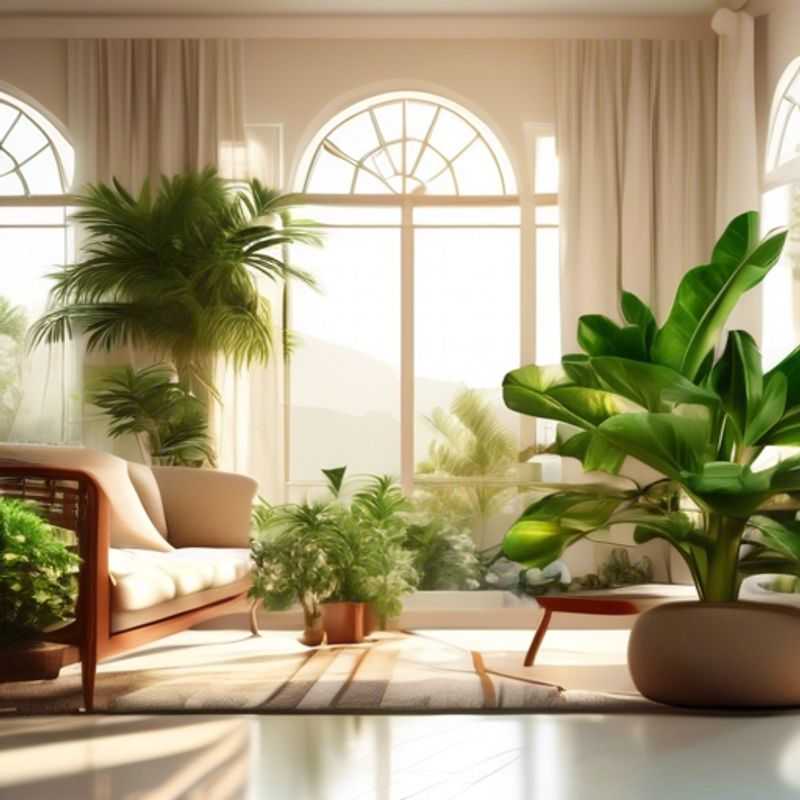
Watering Wisdom: Matching Your Plants with the Right H2O
Knowing the watering and maintenance requirements of different plant varieties is crucial for their success. Here's a summarized guide to help you understand:
Researching Watering Needs:
Watering needs vary greatly depending on the plant type, climate, and soil conditions. Some plants, like succulents, require infrequent watering, while others, like ferns, need consistent moisture. Consider the following:
Soil Type: Sandy soils drain quickly, requiring more frequent watering than clay soils, which retain moisture longer.
Climate: Hot, dry climates demand more frequent watering, while cooler, humid climates require less.
Plant Type: Each plant species has unique water needs. Research the specific requirements of your chosen varieties.
Maintenance Practices:
Beyond watering, maintenance involves various tasks, including:
Fertilizing: Plants require nutrients for growth. Choose fertilizers suitable for your plant type and apply them according to instructions.
Pruning: Regular pruning encourages healthy growth and prevents overgrowth. Pruning techniques vary depending on the plant species.
Pest and Disease Control: Monitor your plants for signs of pests or diseases. Treat any issues promptly to prevent spread. Consider using natural pest control methods when possible.
Light Requirements:
Plants require varying amounts of sunlight. Ensure your chosen plants receive adequate sunlight for optimal growth. Research the specific light needs of your varieties.
General Tips:
Water Deeply: Water deeply and less frequently to encourage root development. Allow the soil to dry slightly between watering.
Monitor Soil Moisture: Check the moisture level of the soil by inserting your finger a few inches into the soil. Water when it feels dry to the touch.
Consider Using a Watering Can: A watering can allows you to apply water directly to the root zone, minimizing water waste.
Remember that each plant is unique. Observing your plants and adjusting watering and maintenance practices as needed will ensure their thriving.
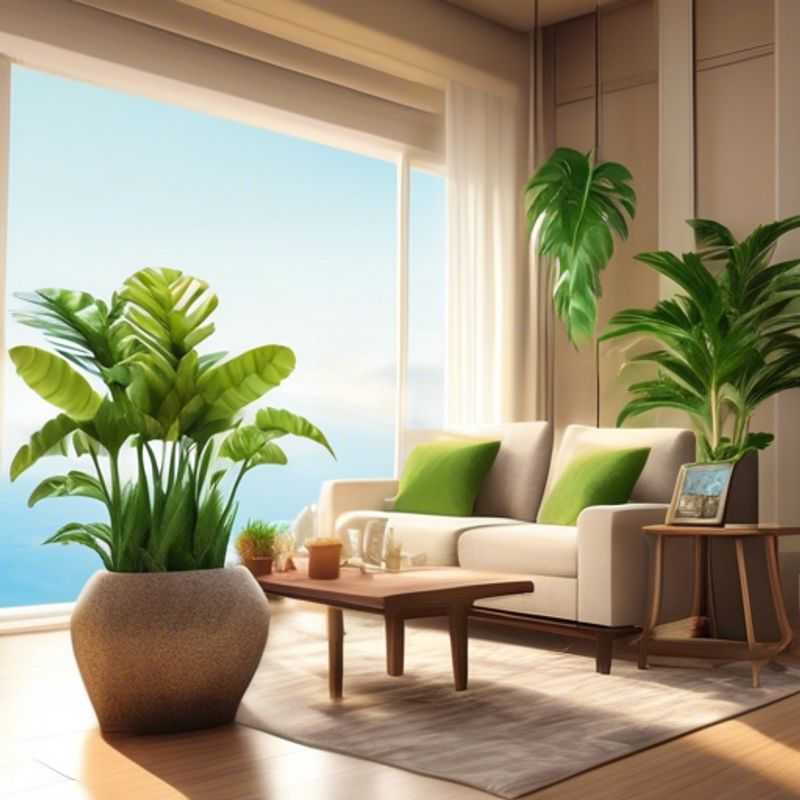
Pet-Friendly Plants: Choosing Safe Greenery for Your Home
Bringing greenery into your home is a wonderful way to improve air quality and boost your mood. However, if you have pets or young children, it's crucial to consider the safety of your plant choices. Many common houseplants contain toxins that can be harmful if ingested by pets or children.
Always research the plant you intend to buy before bringing it into your home. Look for information about its toxicity level. Websites like the ASPCA and the Pet Poison Helpline offer comprehensive lists of toxic and non-toxic plants.
If you're unsure about a plant's safety, it's always best to err on the side of caution and choose a non-toxic alternative. There are plenty of beautiful and safe options, such as spider plants, snake plants, and prayer plants, to name a few.
Remember, even non-toxic plants can cause irritation if eaten in large quantities. It's important to supervise children and pets around all plants. Teach your kids to avoid putting plants in their mouths and keep plants out of reach of curious pets.
By making careful choices and taking a few simple precautions, you can enjoy the benefits of indoor plants while ensuring the safety of your loved ones. If you suspect that your pet or child has ingested a toxic plant, contact your veterinarian or poison control center immediately.
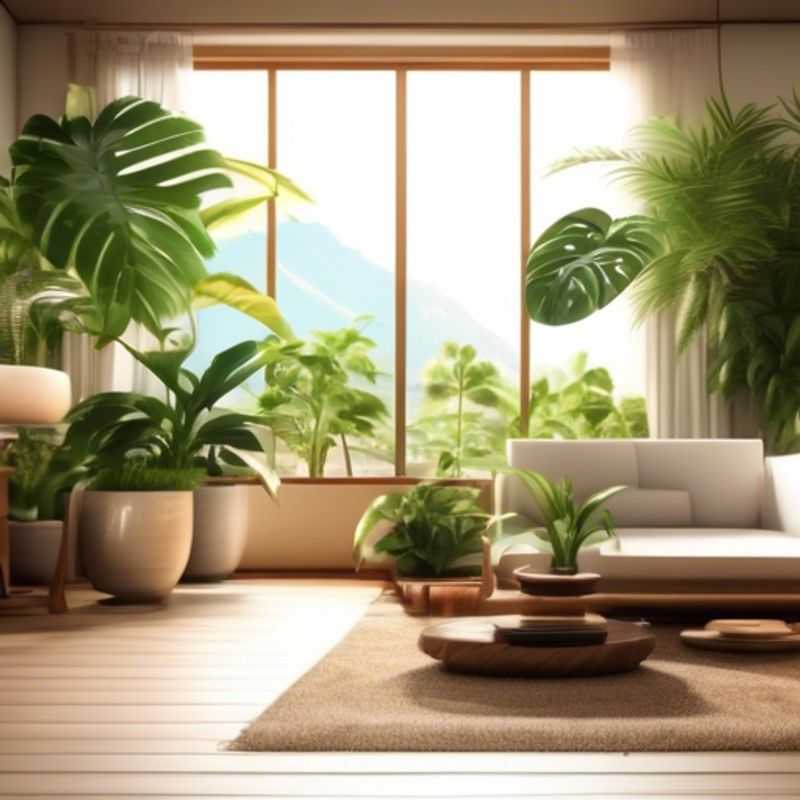
Busy Life? Opt for Low-Maintenance Plants: A Guide to Green Thumb Success
If you're always on the go, a low-maintenance plant is your best bet. These hardy green friends can thrive with minimal attention, making them perfect for busy lifestyles.
Here's what to look for when choosing a low-maintenance plant:
Succulents: These water-storing beauties are drought-tolerant and require infrequent watering. Popular choices include aloe vera, snake plants, and echeveria.
Air Plants: These unique plants don't even need soil! Simply mist them occasionally and they'll thrive. Tillandsia is a popular air plant genus.
ZZ Plants: These practically indestructible plants are famous for their resilience and tolerance to low light conditions. They are truly low-maintenance.
Peace Lilies: While they require regular watering, they're remarkably forgiving and can handle some neglect. They also purify the air!
Cast Iron Plants: Living up to their name, these plants are nearly impossible to kill. They thrive in various light conditions and tolerate drought well.
Remember, even low-maintenance plants need some care: Give them a good watering when the soil is dry and occasionally fertilize them. You'll be rewarded with a lush and beautiful green friend that adds a touch of nature to your busy life.
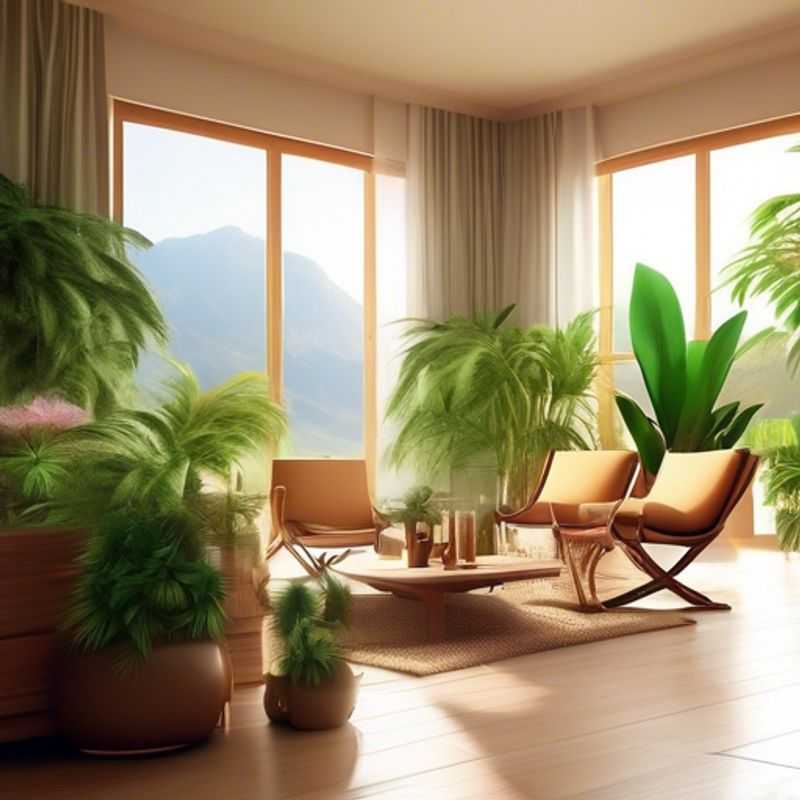
Sunlight Savvy: Matching Plants to Their Perfect Spot
The amount of sunlight your plants need is crucial for their growth and health. Understanding the sunlight requirements of your plants is essential for their successful growth. Each plant species has specific sunlight needs, so it's vital to research your particular plant. You can often find this information on plant tags or online.
Plants can be classified into three main categories based on their sunlight needs:
Full sun: These plants thrive in direct sunlight for at least 6 hours daily. They typically have thick, leathery leaves and are adapted to intense sun exposure. Examples include sunflowers, tomatoes, and roses.
Partial sun: These plants prefer a mix of sun and shade, typically receiving 4-6 hours of sunlight per day. They often have thinner leaves and can tolerate some shade. Examples include hostas, lavender, and azaleas.
Shade: These plants thrive in shady areas with less than 4 hours of direct sunlight per day. They tend to have delicate leaves and are adapted to low light conditions. Examples include ferns, impatiens, and begonias.
To choose the right location for your plants, consider the amount of sunlight your garden or indoor space receives throughout the day. You can use a simple compass to determine the direction your windows face. Once you've determined the sunlight levels, select a location that meets your plant's specific needs. For example, a south-facing window typically receives the most sunlight, ideal for full sun plants.
By carefully choosing a location that provides the appropriate amount of sunlight, you can create the ideal environment for your plants to thrive. This simple yet crucial step will contribute significantly to their health and growth.
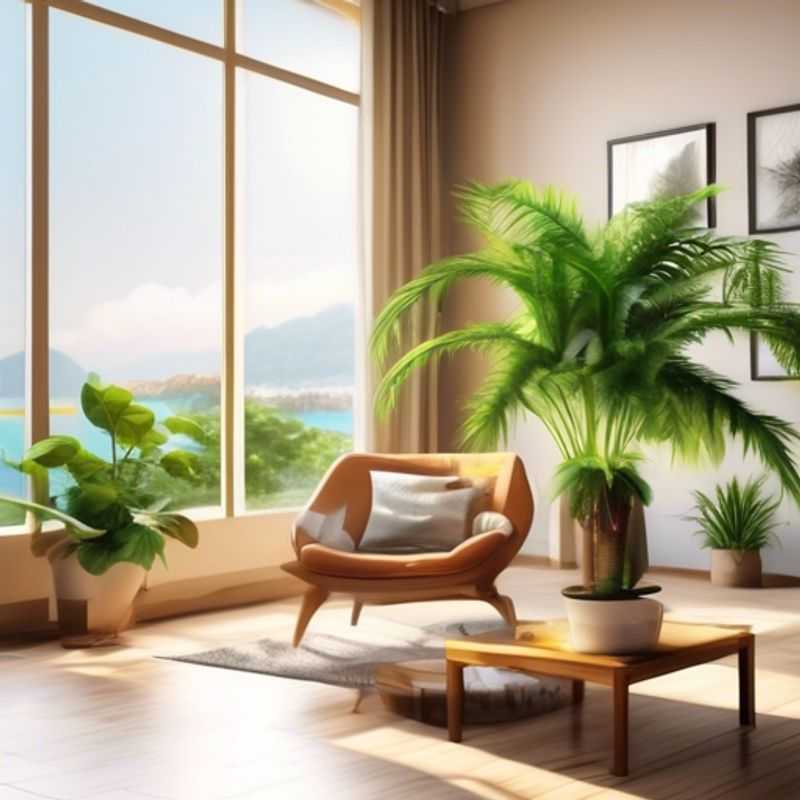
Spotting and Solving: Pest and Disease Problems in Your Garden
Healthy plants are essential for a thriving garden or farm. Regular checks for pests and diseases can help prevent major problems. Early detection is key! Look for signs like discoloration, wilting, holes in leaves, or unusual insects.
Identify the pest or disease and select the appropriate treatment. Organic methods, like neem oil or insecticidal soap, are often effective for pest control. For diseases, consider removing infected parts or using fungicides. Always follow label instructions carefully!
Prevention is vital. Rotate crops, use healthy planting materials, and maintain proper watering and fertilization. Inspect new plants for pests or diseases before introducing them to your garden. Regular cleaning and sanitation of tools and equipment will help prevent the spread of problems.
Remember, you don't have to be an expert. Consult with local garden centers or agricultural extension services if you need help identifying pests or diseases. They can offer valuable advice and recommendations for treatment. By staying vigilant and proactive, you can keep your plants healthy and thriving.
